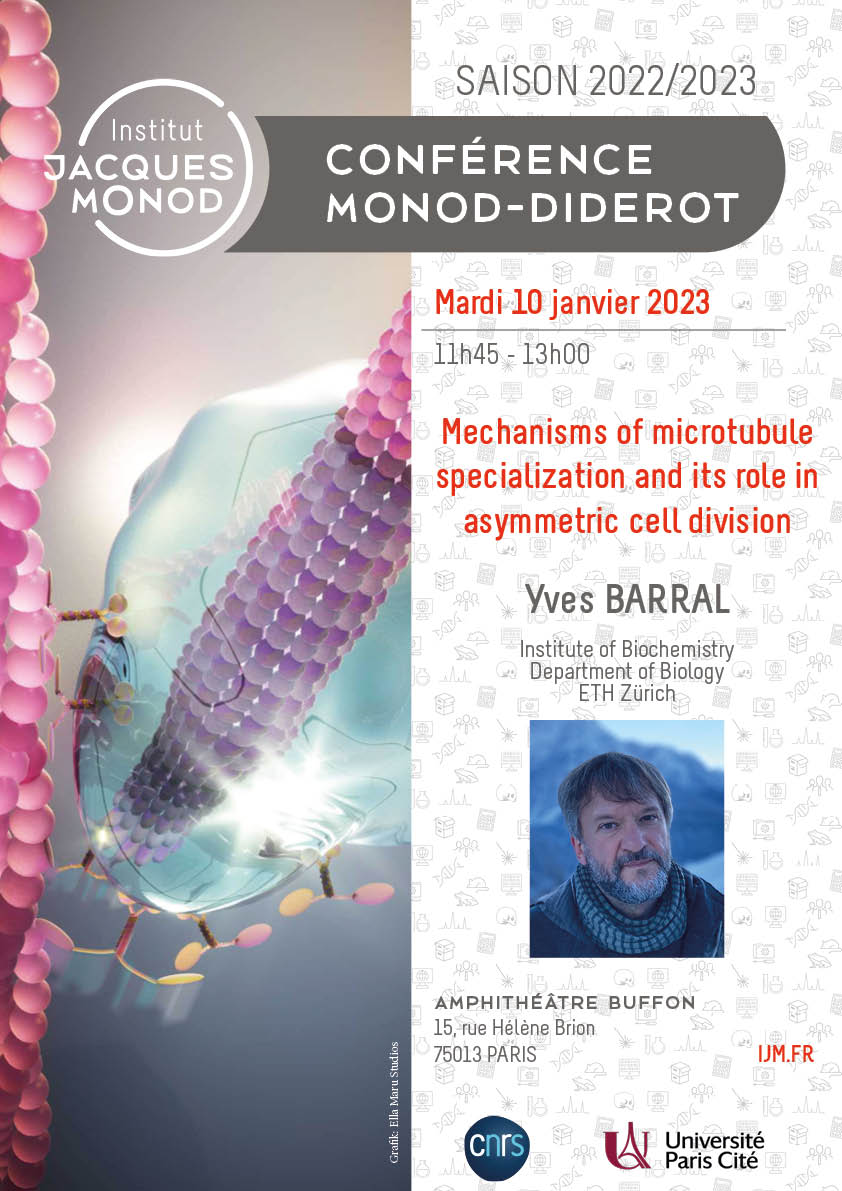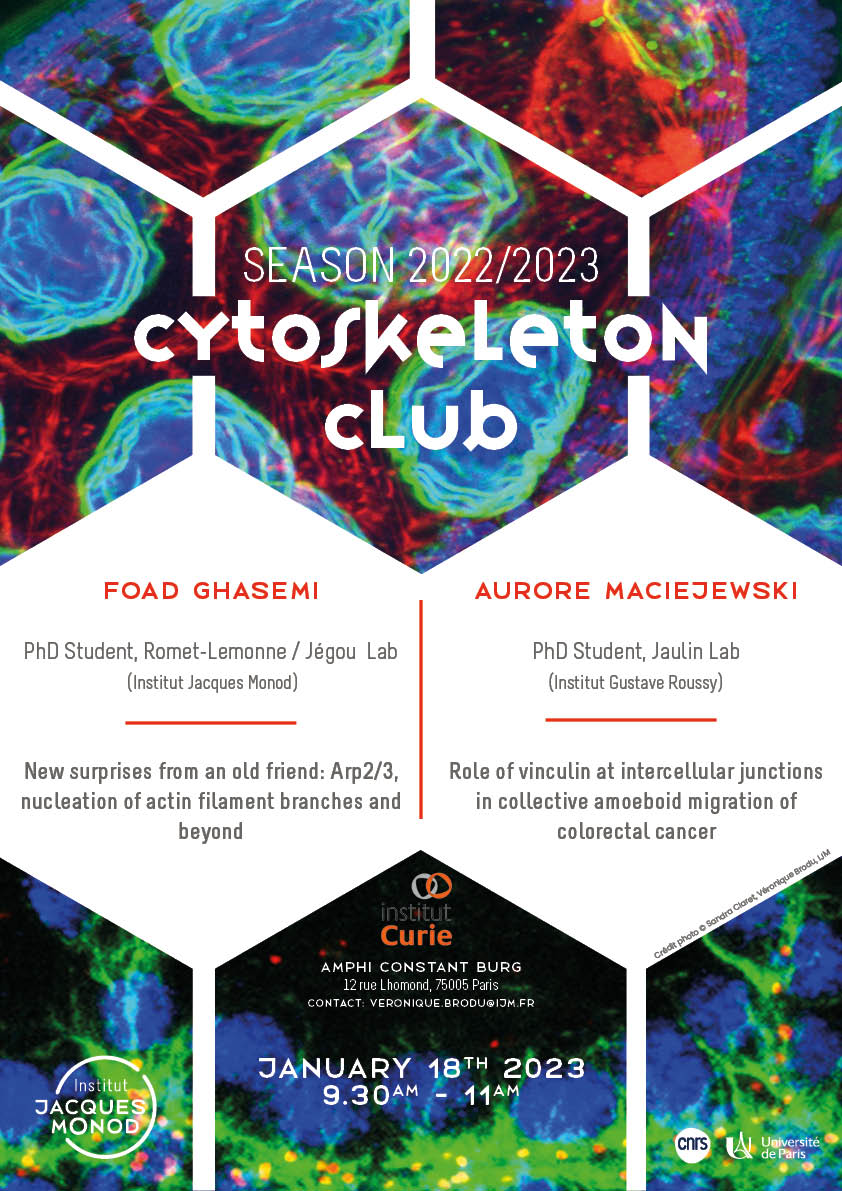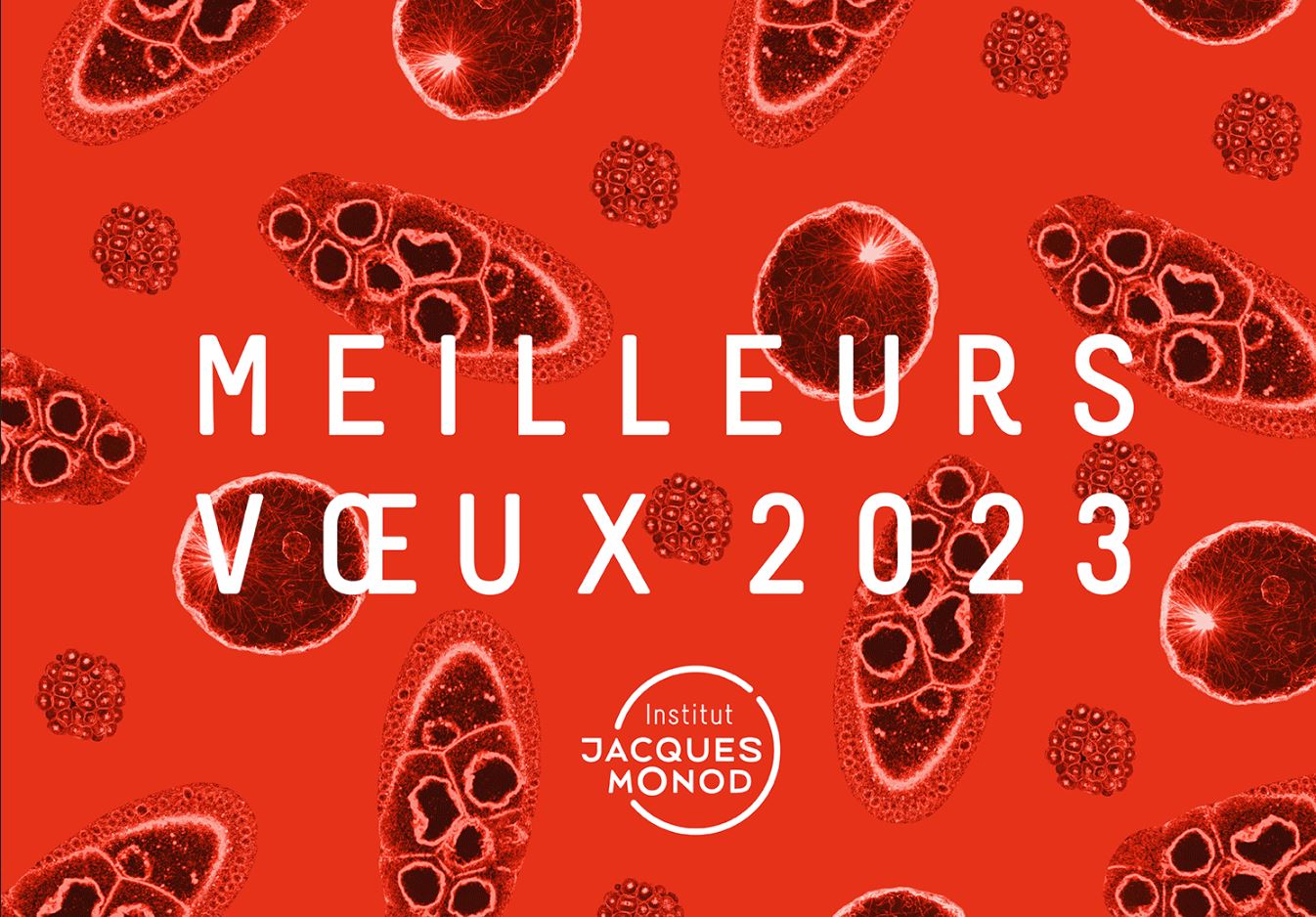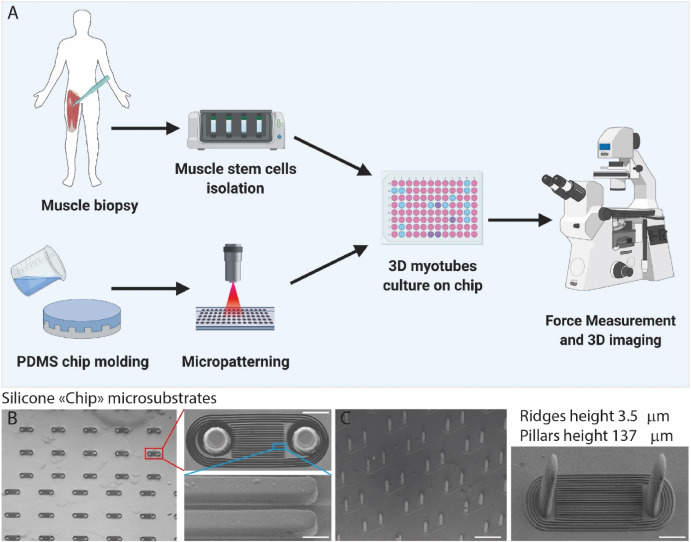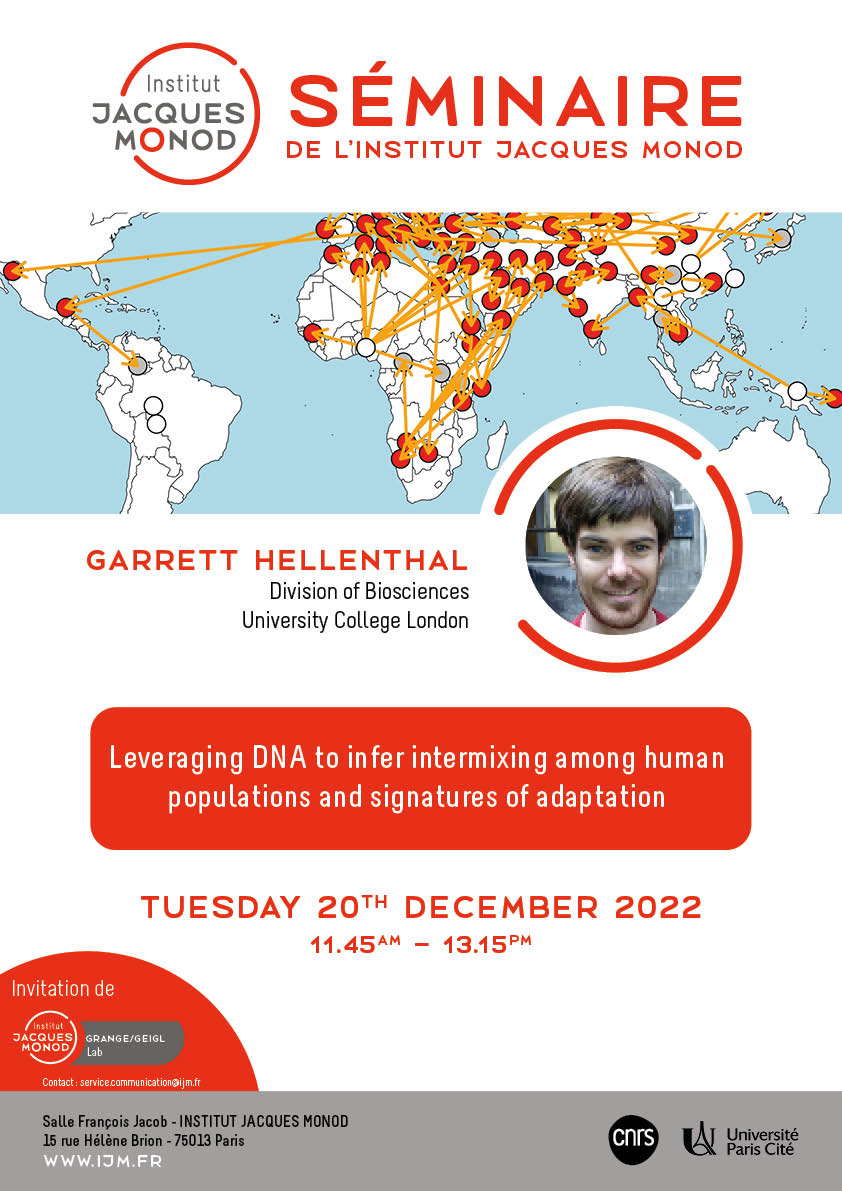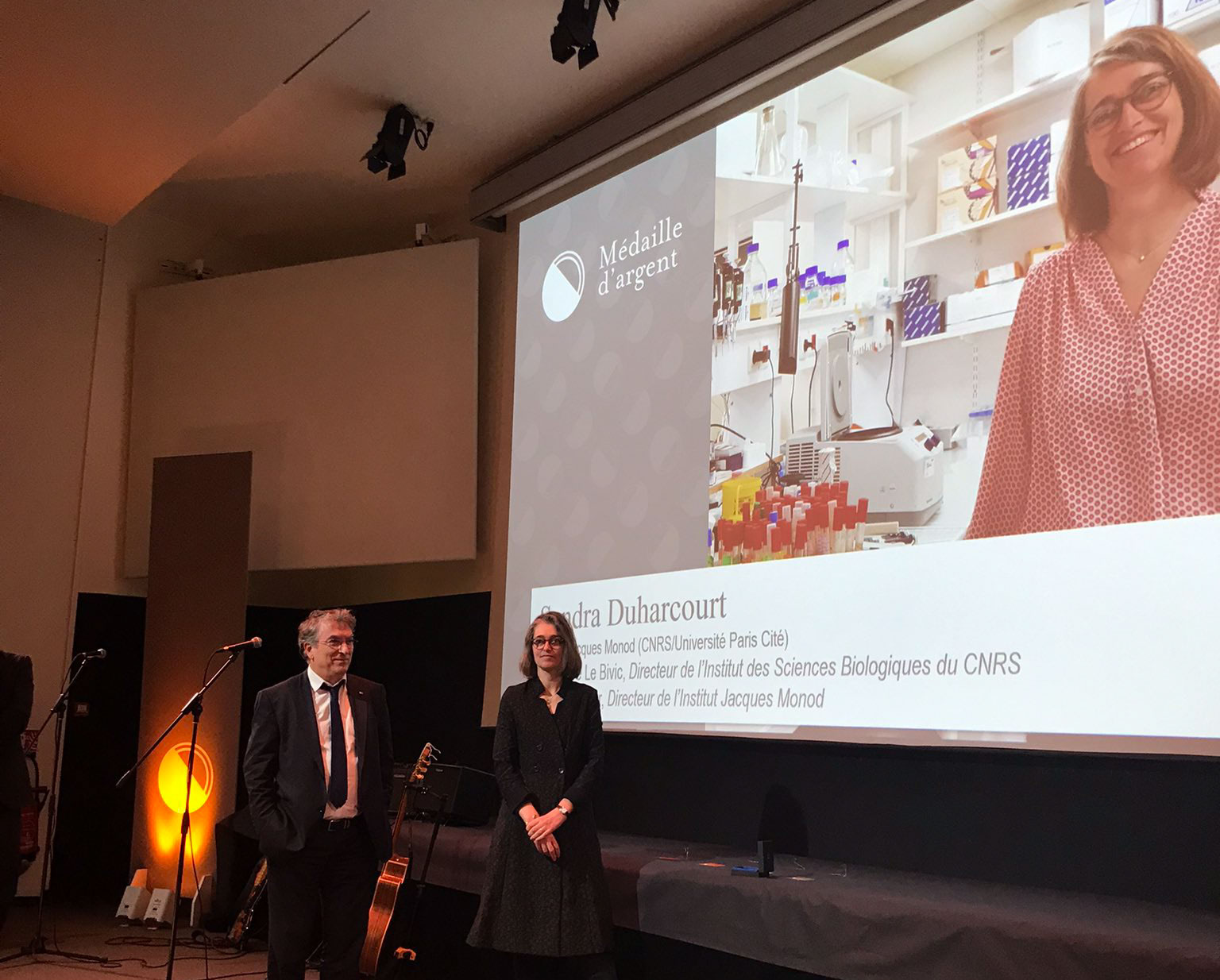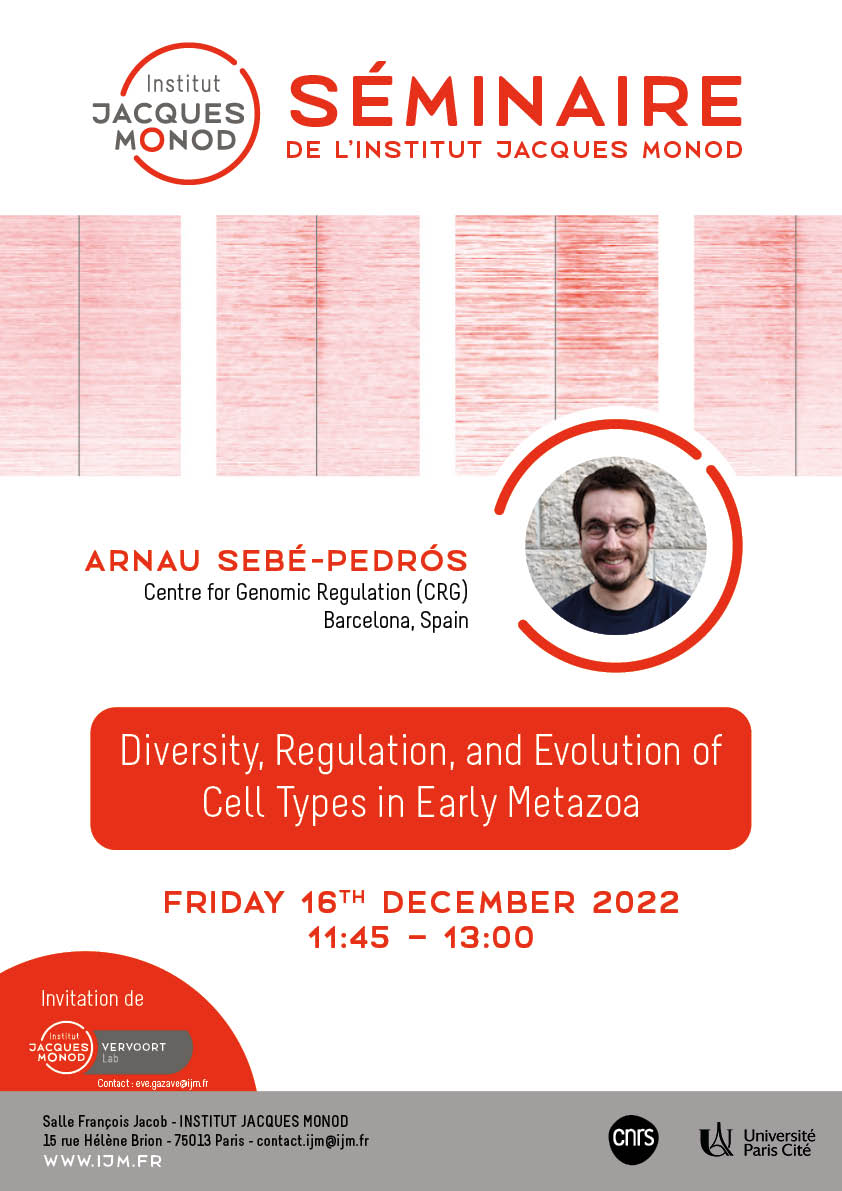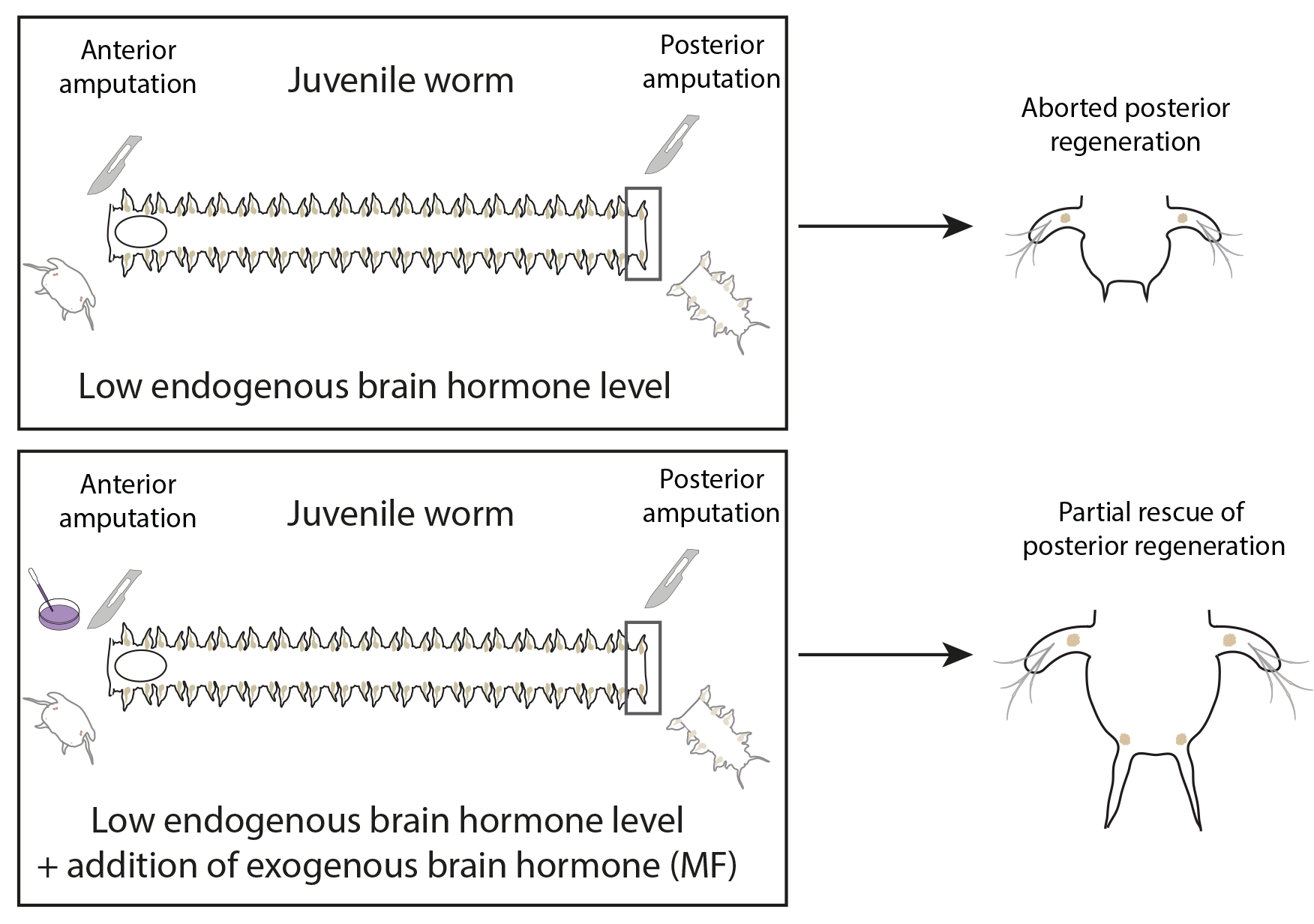The first Monod-Diderot Lecture of the year will welcome Yves Barral (ETH Zürich) for a presentation entitled :
Mechanisms of microtubule specialization and its role in asymmetric cell division
Free access in Amphi Buffon - 15, rue Hélène Brion - 75013 Paris
Barral Lab:
Cells are the basic unit of life and have acquired in evolution not only…
